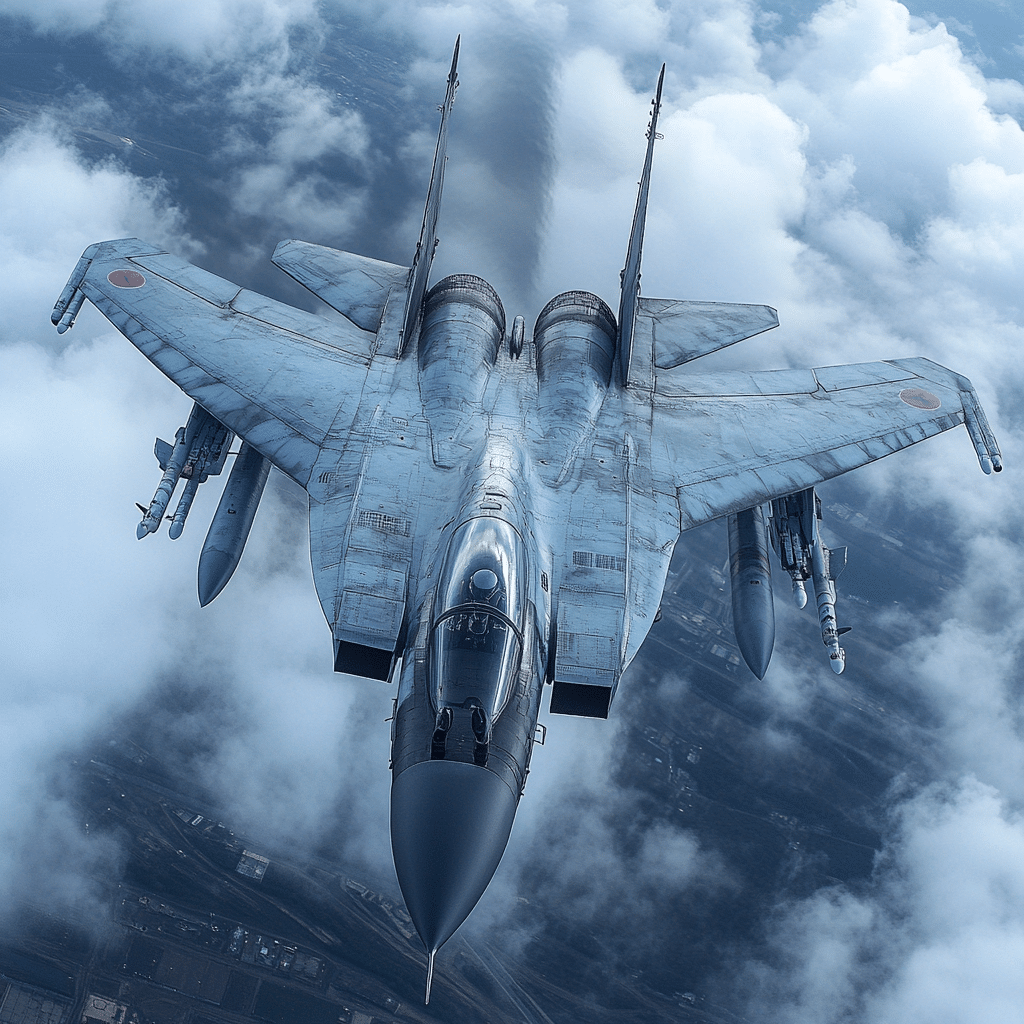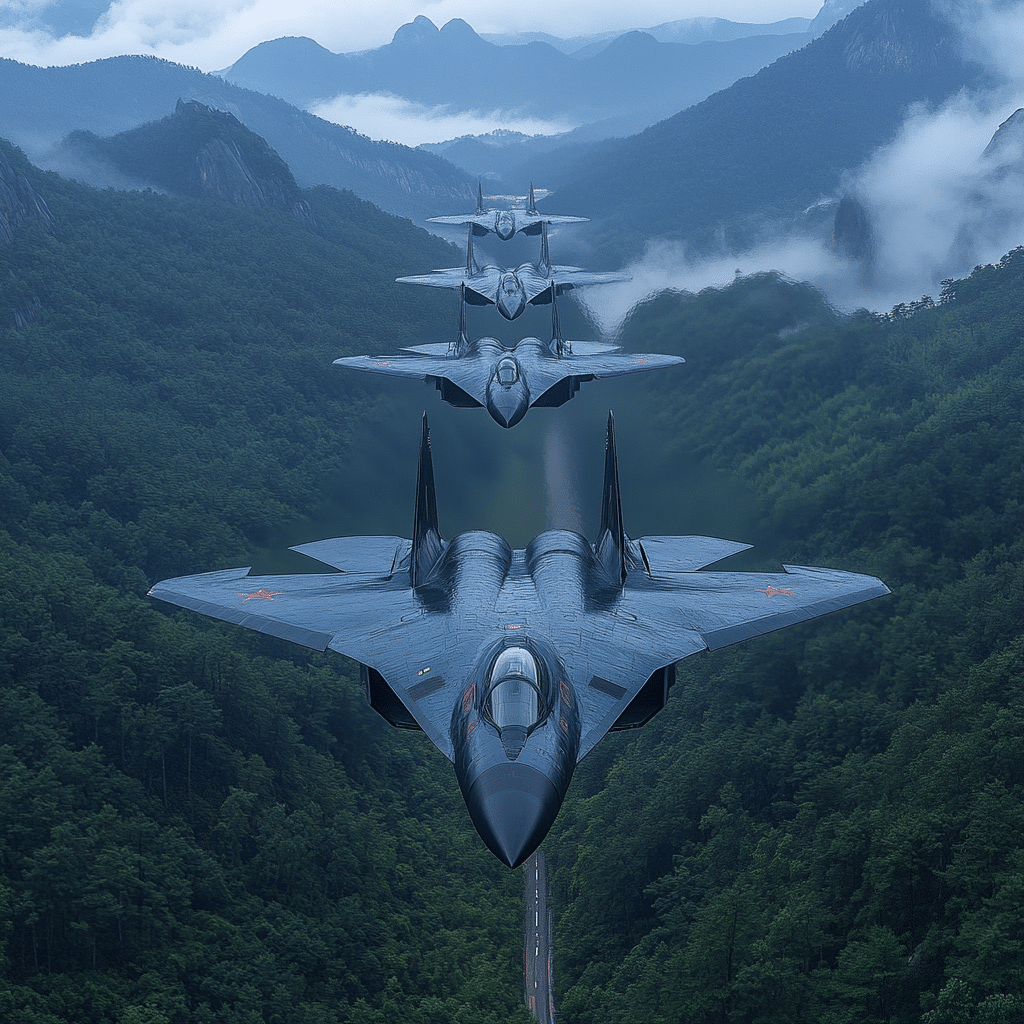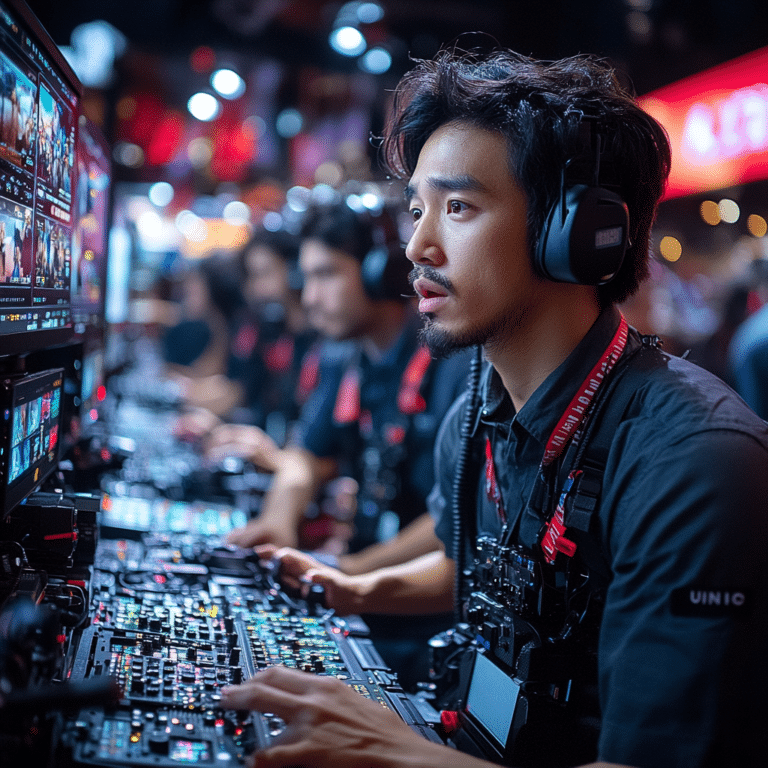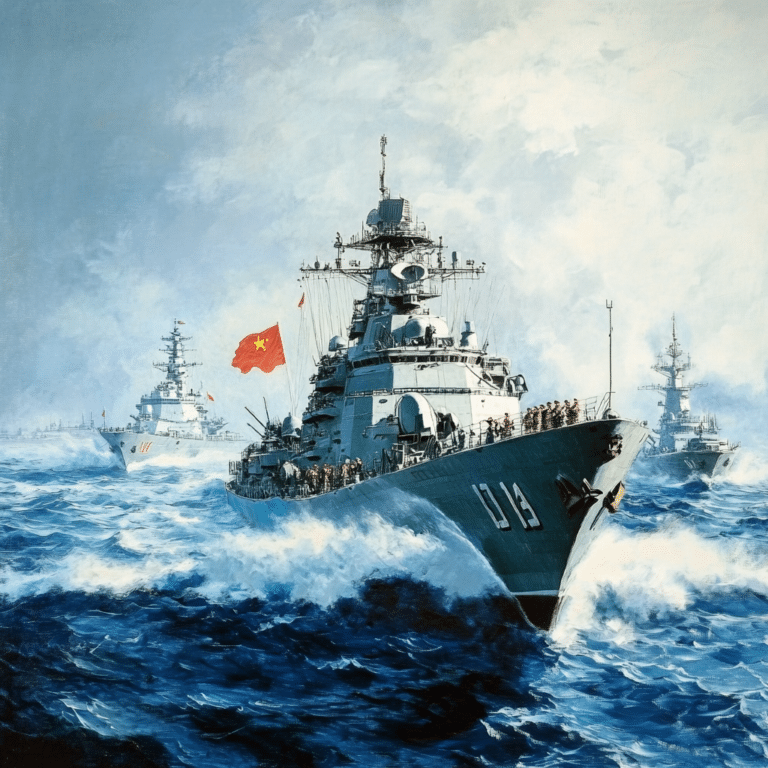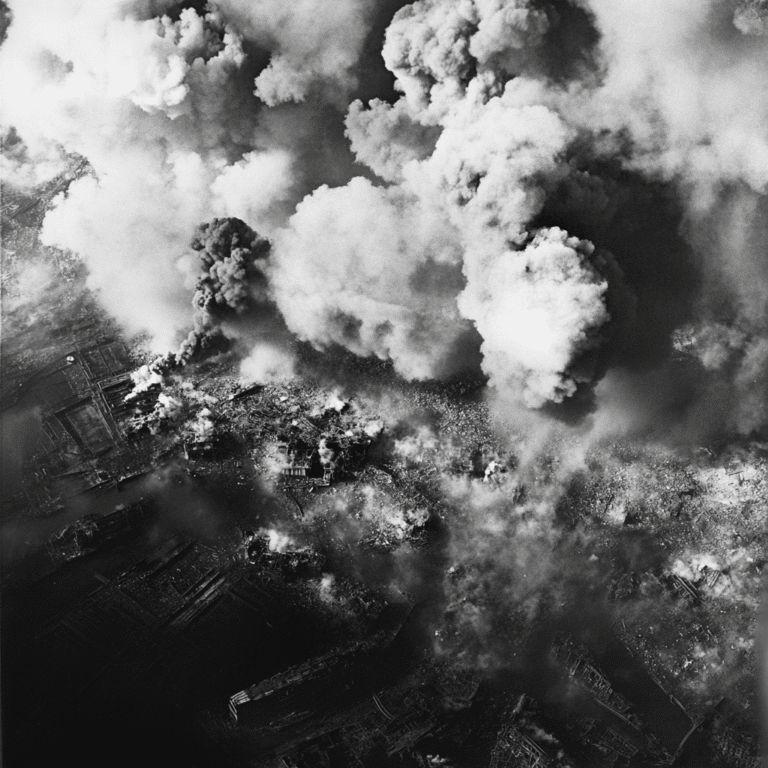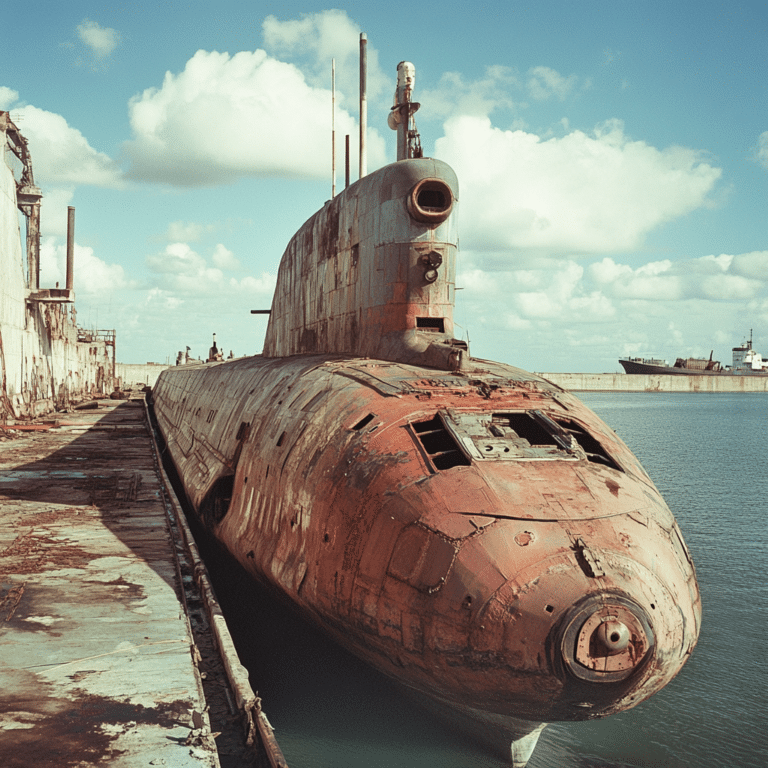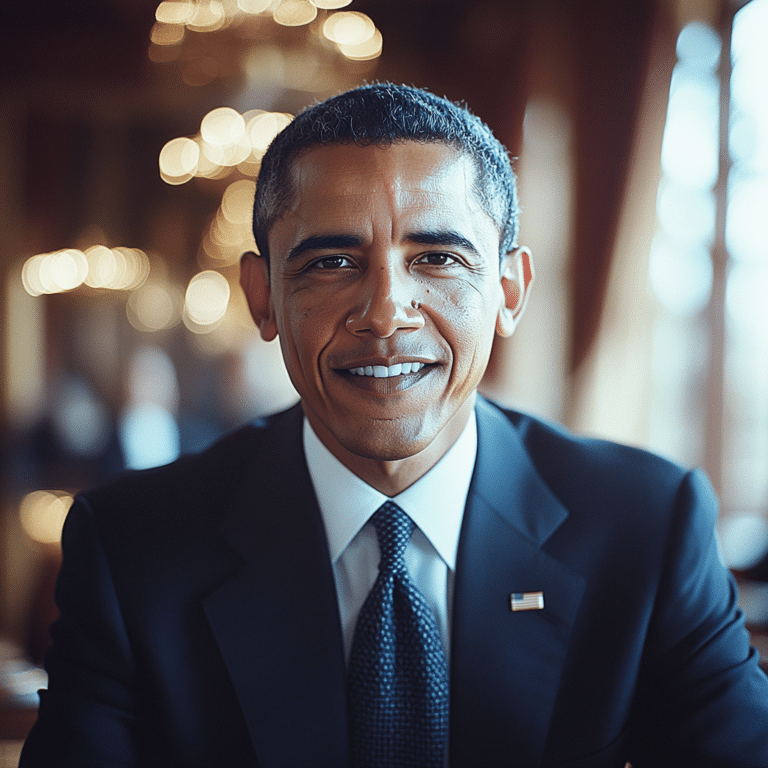The escalating activities of military jets—specifically South Korea, China, and Russia jets—tell a pressing story about rising tensions in Northeast Asia. As these nations ramp up their military operations, the implications ripple far beyond their borders. Each country’s maneuvers, ranging from South Korea’s steadfast defense against growing North Korean threats to China’s assertive expansion in the South China Sea, highlight not just geopolitical posturing but a race for regional supremacy that could lead to conflict.
1. Overview of Military Jet Activity in Northeast Asia
The military landscape in Northeast Asia is changing fast. Each nation is responding in ways that reflect their distinct strategic goals. This isn’t just a game of chicken; it’s a matter of national security centering on survival and power.
1.1 South Korea’s Response: A Guardian in the Skies
South Korea’s response to the growing threats from North Korea has been nothing short of vigilant. The South Korean Air Force is now on high alert, conducting live-fire exercises and joint drills with its American allies. The recent missile tests from the North, including short-range ballistic missiles, have pushed South Korea to enhance its aerial capabilities rapidly. Just last month, South Korean jets flew over the Demilitarized Zone (DMZ), a show of strength amid provocations.
1.2 China’s Expanding Ambitions: Projecting Power
China is not sitting idle either. On the daily, their military jets are making headlines as they intrude into the airspace around Taiwan, projecting power that set alarms in the South Korean command centers. Such aggressive actions signal a direct challenge to what South Korea and the U.S. view as stability in the region. The Pentagon is closely surveying these incursions, emphasizing the danger posed by Chinese ambitions in the South China Sea, where tensions simmer just a stone’s throw from Korean waters.
1.3 Russia’s Strategic Posturing: The Northern Angle
Simultaneously, the situation in Northeast Asia has caught the attention of Russia. Despite the overwhelming focus on Ukraine, Russia continues to extend its military footprint in the area. Joint military exercises with China reinforce an alliance that South Korea cannot afford to underestimate. Recent reports indicate that Russia has established military bases within striking distance of South Korea, a clear indication of their strategic intentions.
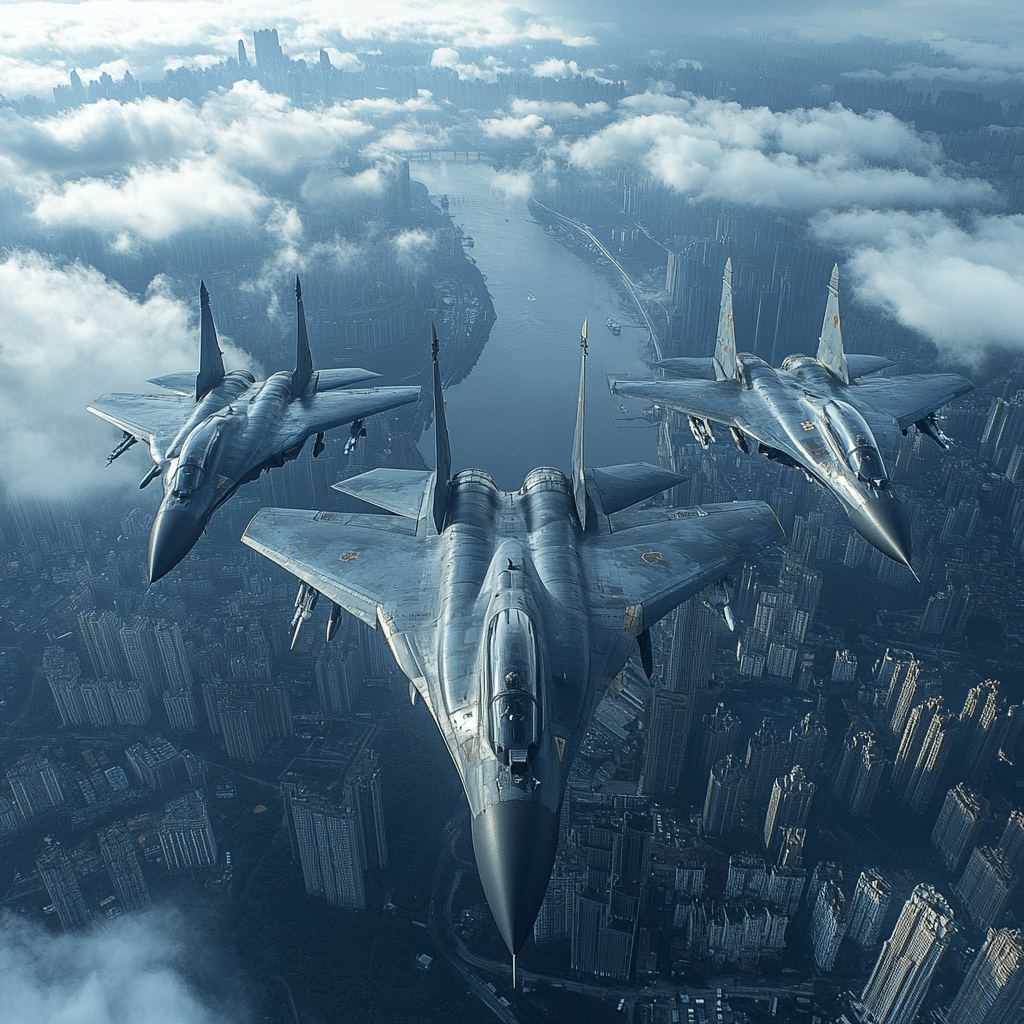
2. Top 5 Recent Incidents Involving South Korea, China, and Russia Jets
As tensions rise, various incidents involving South Korea, China, and Russia jets have displayed the complexities of military relations in Northeast Asia. Here are five significant occurrences that have drawn heightened scrutiny:
2.1 Increased Patrols by South Korean Jets Near North Korea
In one of the more dramatic developments, the South Korean Air Force ramped up patrols along the DMZ. This strategic move comes in response to North Korean provocations, utilizing surveillance aircraft like the Boeing P-8 Poseidon to monitor military movements. Such vigilance underscores a proactive approach, prepared to confront any developing threats from the North.
2.2 Chinese Fighter Jets’ Intrusions: A Daily Occurrence
In recent months, reports have surfaced suggesting that Chinese fighter jets are making near-daily incursions into Taiwan’s air defense identification zone (ADIZ). These actions have tested the limits of South Korean air defenses, complicating an already precarious balance of power. Increased vigilance from South Korean air defense systems indicates the seriousness with which these operations are taken.
2.3 Joint Russia-China Military Exercises: A Show of Force
Another significant incident occurred during the recent joint military exercises conducted by China and Russia. These drills included a variety of aircraft and demonstrated a growing camaraderie between the two nations, releasing simulations that encroached dangerously close to South Korean airspace. Such moves are seen as an outright challenge to South Korea’s sovereignty and international norms.
2.4 The Case of Travis King: A Soldier Caught in the Style of Warfare
Look no further than Travis King, a soldier who defected from North Korea under murky circumstances, to see complexity at play. His motivations have raised eyebrows within military discussions regarding North Korean aggression. The implications for regional security based on King’s experiences are troubling, questioning the internal stability of North Korea’s military structure while implicating fears surrounding upcoming military strategies.
2.5 Former CIA Insights on South Korean Jet Capabilities
Insights from a former CIA operative provide a deeper understanding of South Korea’s underestimated military strength. Reports reveal that advancements in drone technology and air combat strategies position South Korea as a formidable opponent. This growing capability offers a sense of reassurance for South Koreans and allied nations while curbing the intentions of adversaries, namely, those South Korea, China, and Russia jets.
3. The Implications for Regional Stability and Security
The meteoric rise in military aircraft movements among South Korea, China, and Russia jets is worrying, indicating that we may be on the brink of escalating tensions. Analysts are sounding alarms that these activities could lay the groundwork for miscalculations that may spiral into real conflict.
3.1 The Risk of Miscommunication
As military jets patrol their skies, the likelihood of miscommunication edges dangerously close to reality. The tight margins of error in such a high-stakes environment create potential for catastrophic misunderstandings. Establishing effective communication channels becomes paramount to sidestep situations leading to unintended military engagements.
3.2 Military Modernization to Counter Perceived Threats
In light of these activities, South Korea focuses on modernizing its military. Investments in drone warfare, missile defense systems, and technological advancements reflect a broader commitment to ensure its position against joint adversaries. This transformation isn’t just about quantity; it’s about preparing for the challenges that lie ahead, with intentions of fostering resilience in their defenses.
3.3 Alliances and Partnerships: A Counterweight to Increasing Tensions
During this turbulent time, South Korea is strengthening ties, particularly with the United States. The recent trilateral cooperation with Japan solidifies a united front against aggression from North Korea, China, and Russia. As the dynamics of alliances shift, the collaboration stands as a bulwark against growing threats.
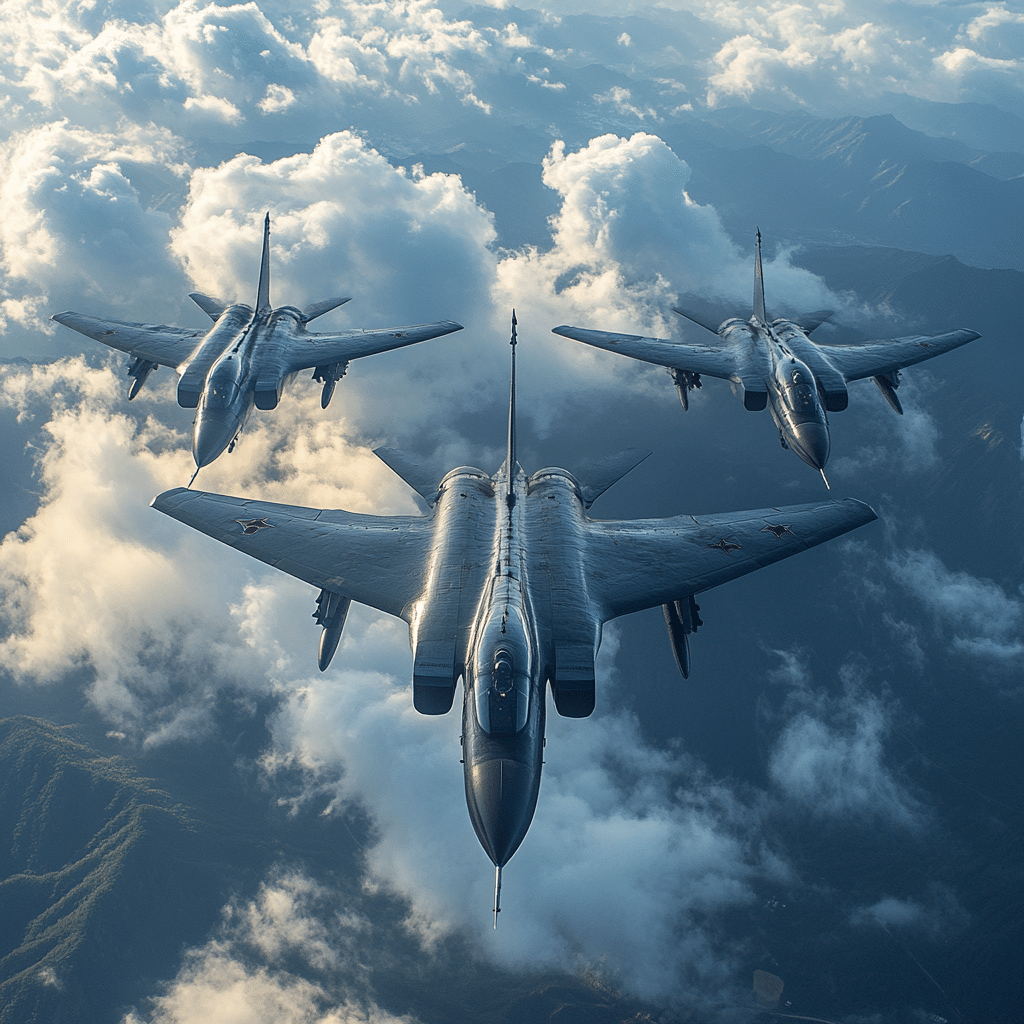
Crafting a Path Forward in a Volatile Landscape
With the activities surrounding South Korea, China, and Russia jets at an all-time high, the situation cannot be overstated. Each country seeks influence, and the potential for conflict looms like a storm cloud. The future for Northeast Asia depends on vigilance and collaboration among allied nations to meet these challenges head-on.
A peaceful resolution is essential for the stability of the region, and this requires transparency and mutual respect among these powerful players. South Korea, with its keen eye on the sky, cannot afford to lose sight of the ground realities that could determine its fate in this complex geopolitical dance. Together, South Korea and its allies must stand strong, prepared to counter any threat that may arise, reflecting the durable spirit that has shaped conservative values in the region.
As we’ve witnessed through all these developments, the ongoing tensions call for active engagement by conservative voices—acknowledging that confronting the rising tides of authoritarianism demands a united stance and resolute action. From allowing South Korean jets unwavering support to supporting opportunities to share intelligence, it’s clear that a permissive environment for this coalition is the way forward.
South Korea China Russia Jets Surge Amid Rising Tensions
A Global Airshow
With the recent surge of South Korea, China, and Russia jets, it’s fascinating to consider how military aviation has shaped global relations. Did you know that military flight technology has roots in challenges far different from those we see today? Just looking at how the industry evolved, one might think it’s as intricate as Judge And Judy courtroom dramas, where each side has its strategies and surprises. It’s a real-life chess match up in the skies!
Strategic Maneuvers
The chess pieces might be moving quicker than the latest WA Lotto numbers, as countries ramp up their air defense systems. High-stakes maneuvers heighten tensions between nations, much like the political fallout behind the infamous Chappaquiddick incident. As nations parade their jets in show of power, the implications stretch well beyond mere military might, impacting diplomatic relations and alliances.
Fresh Faces in the Fray
Interestingly, one can draw a parallel in the jet’s choreography with the performances of celebrities like Greg Evigan or “Jill Wagner. Just like these actors captivate their audiences, powerful displays of military aviation aim to send a strong message. As air forces roar into action, the seasoned pilots become the headliners of this international drama. They don’t just fly jets; they embody their nation’s resolve and strategic narrative, proving how intertwined the theater of air power and global politics can be, leaving us all in awe!
